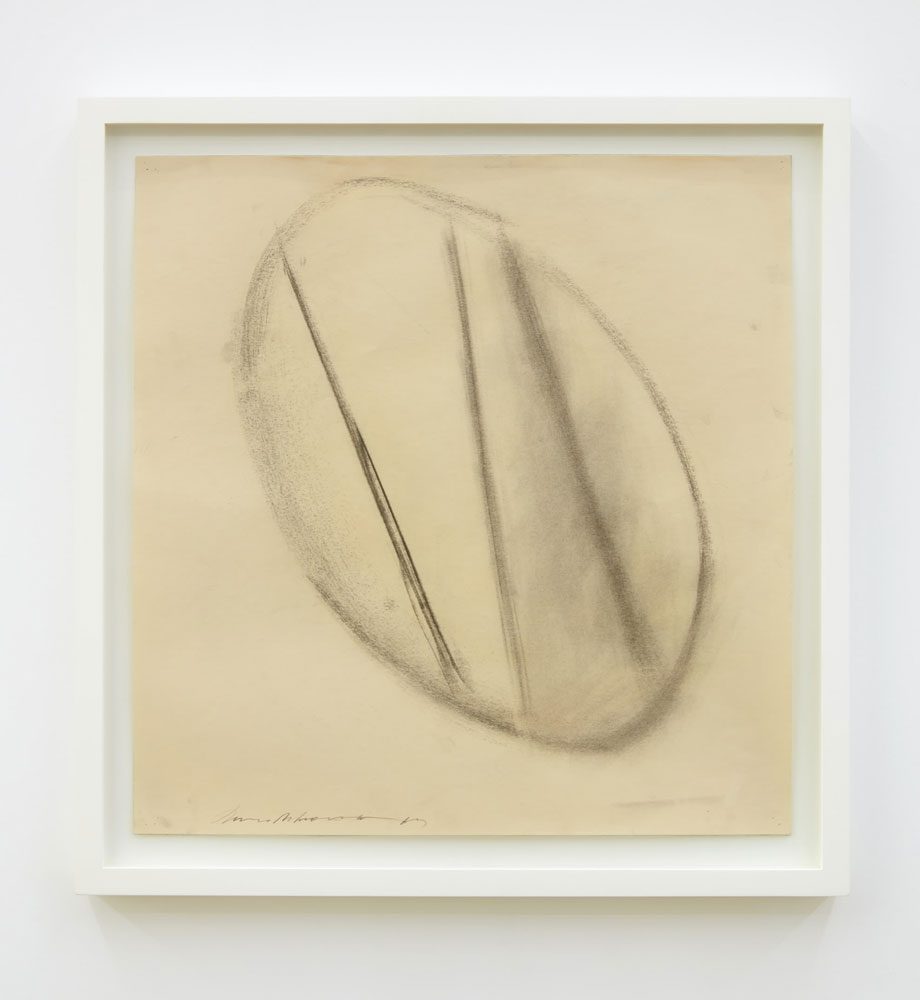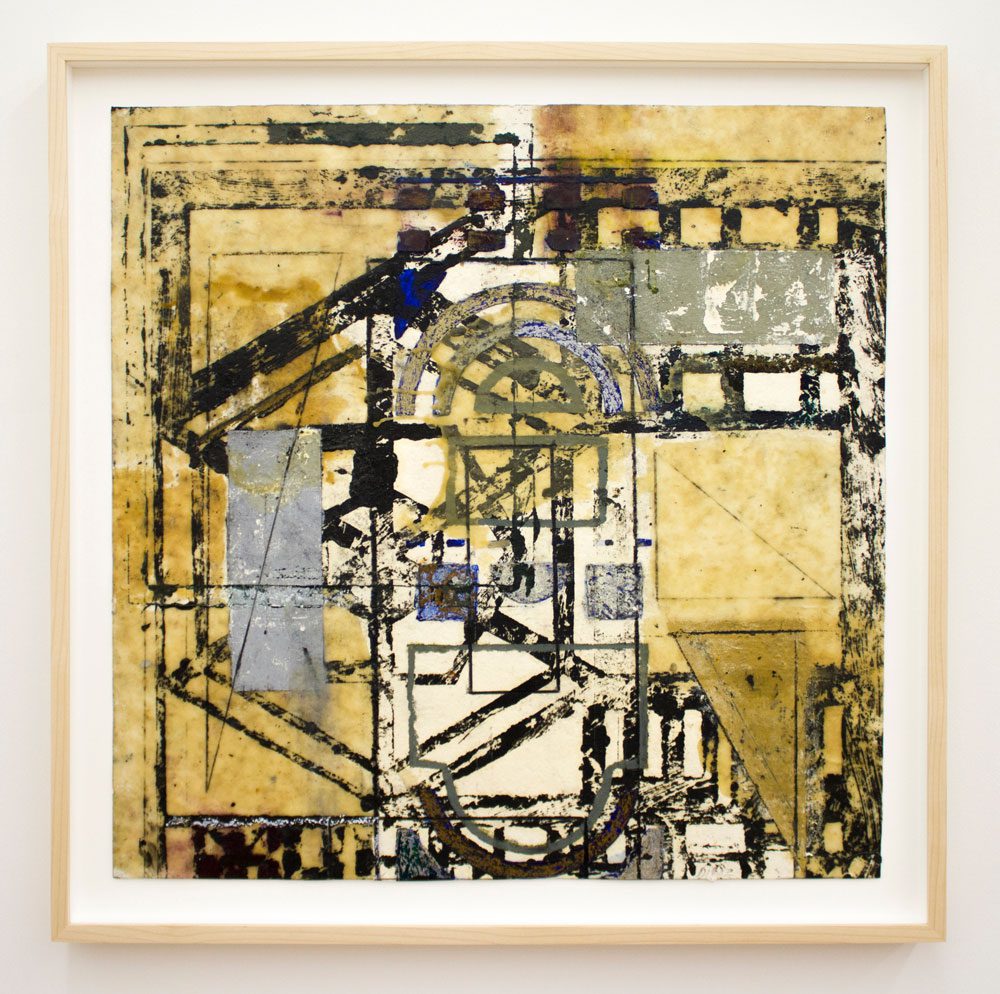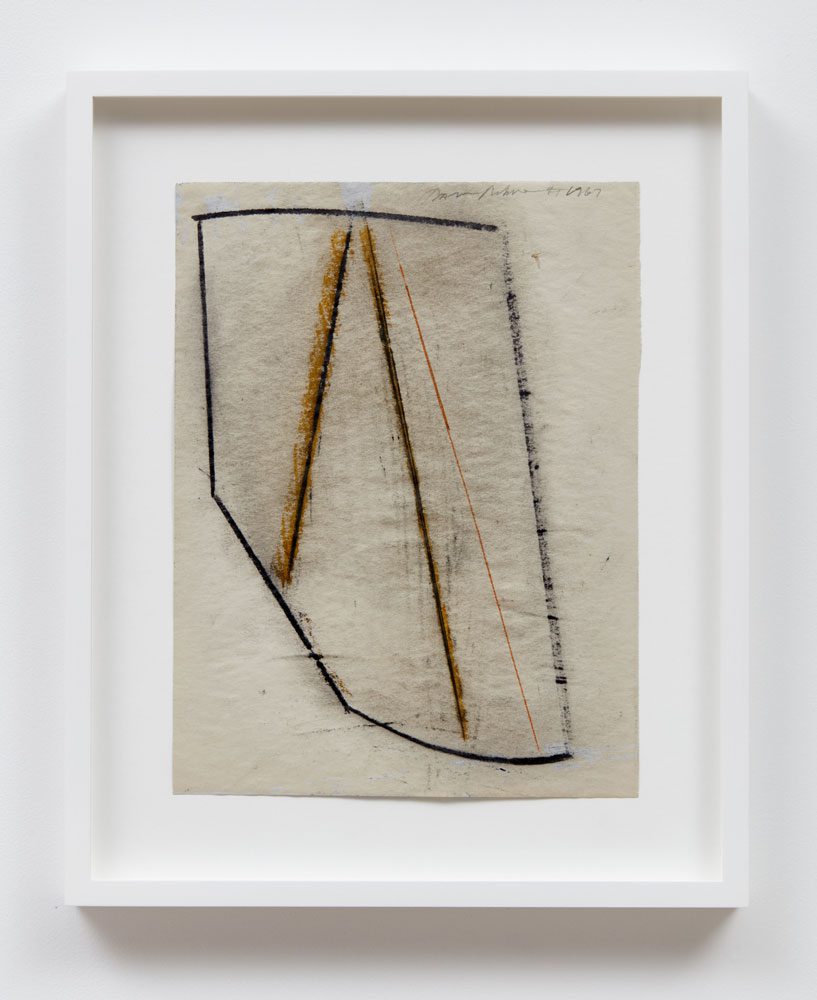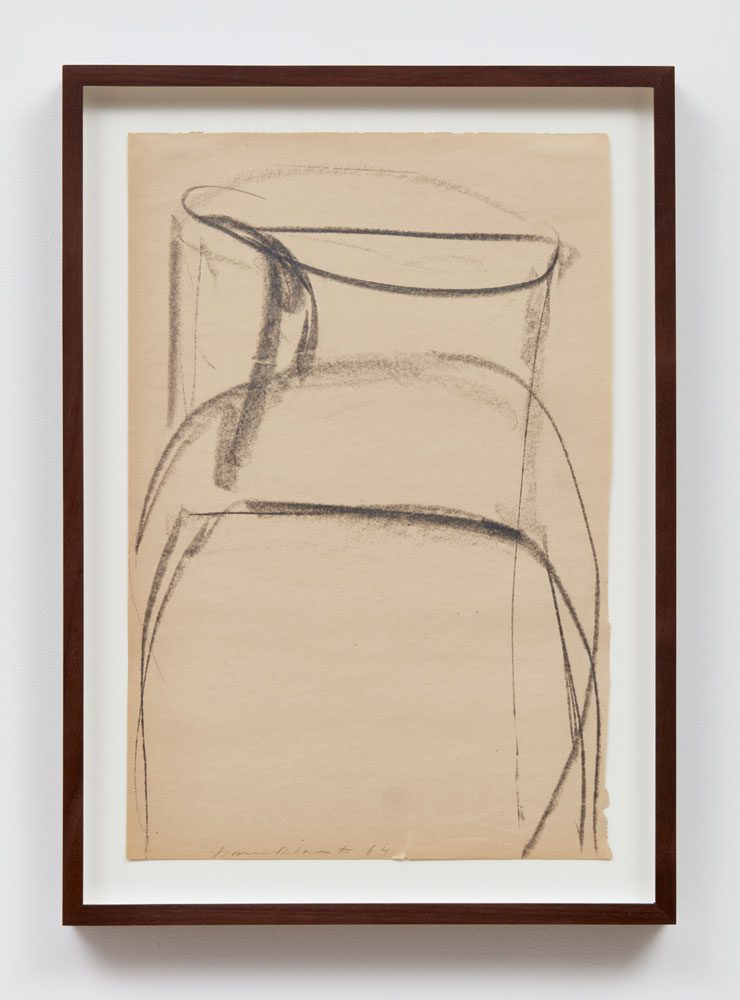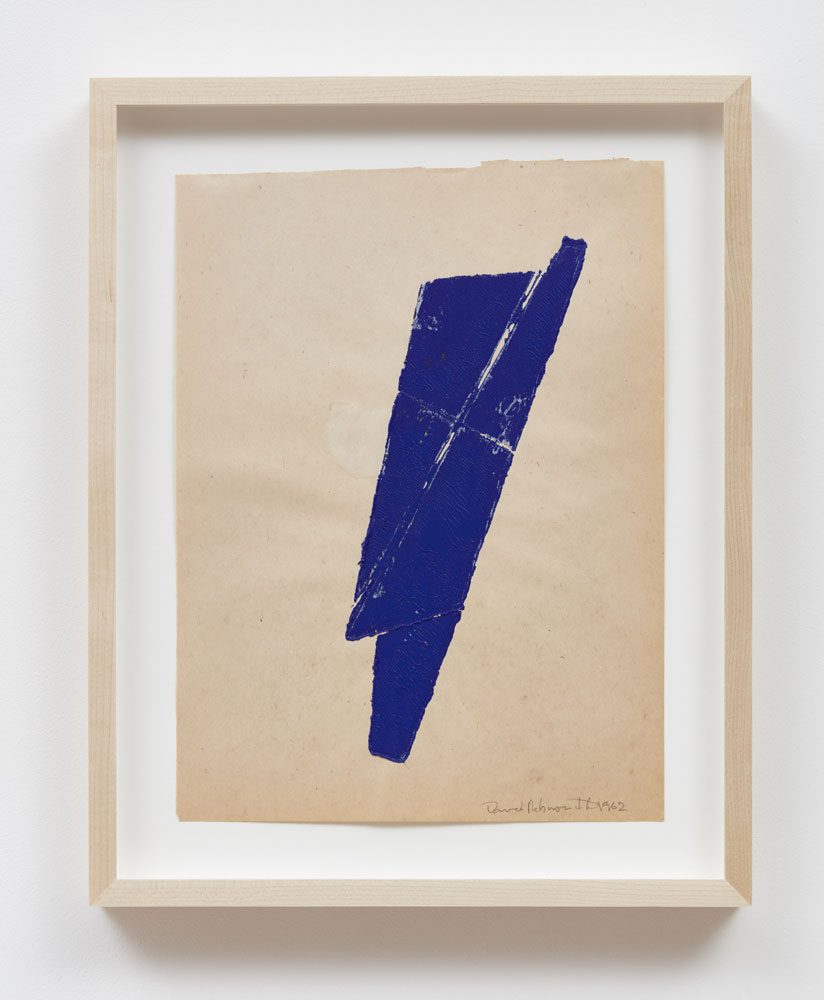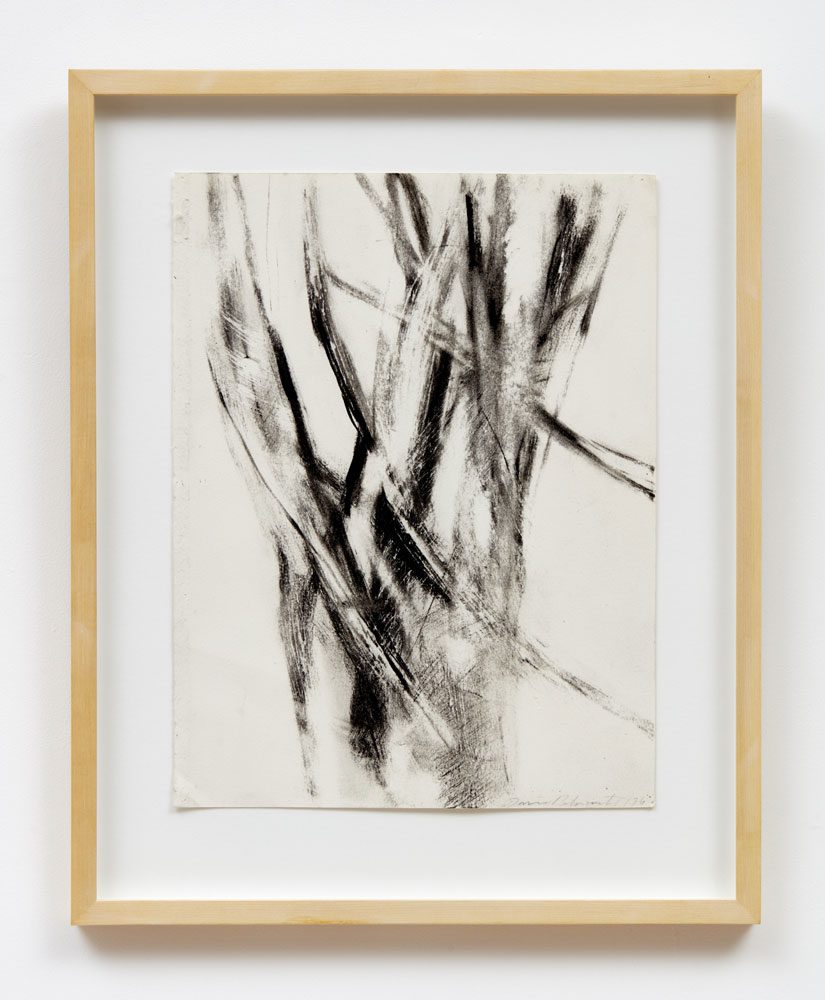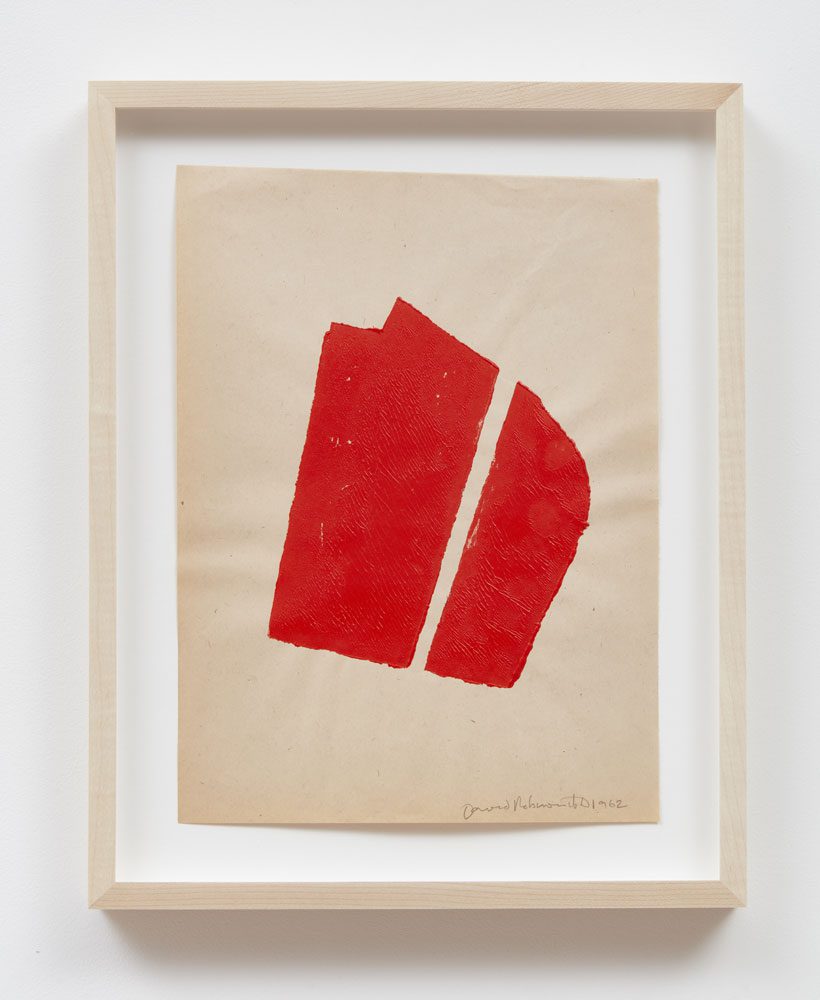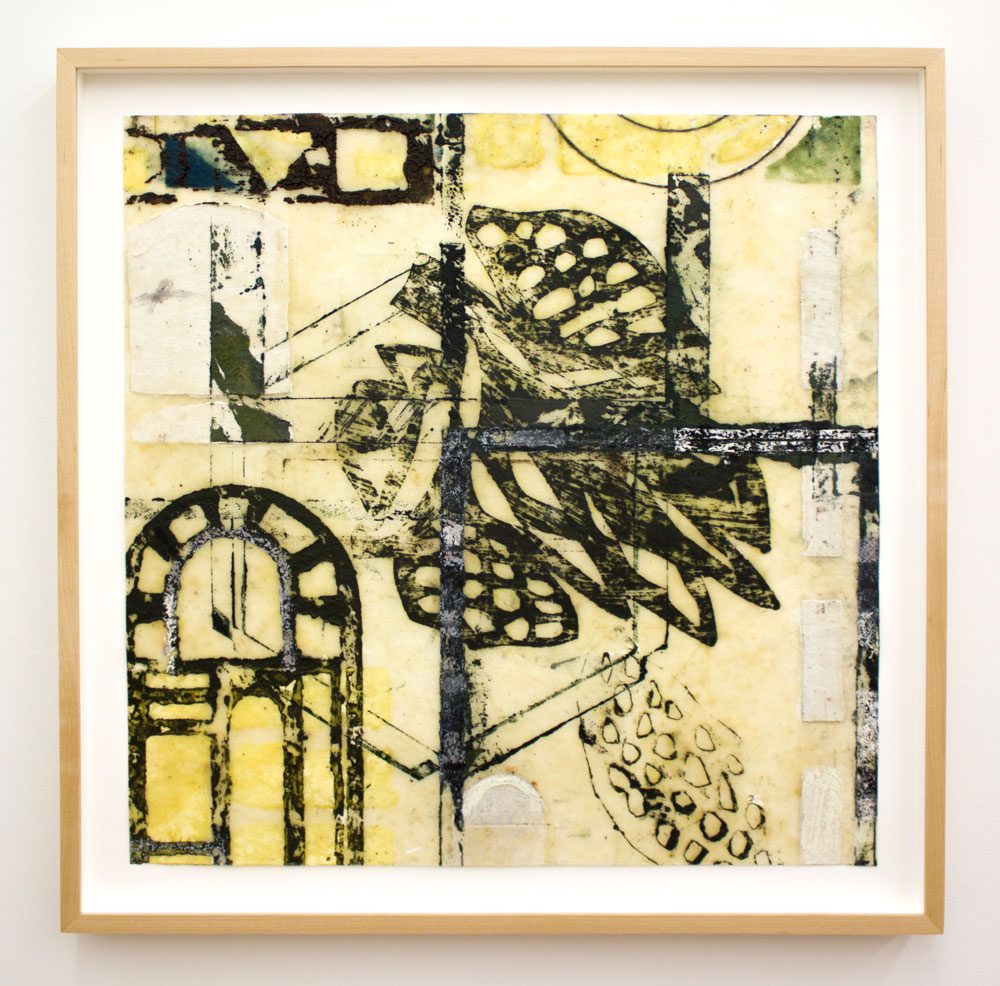ART CITIES: N.York-David Rabinowitch
For over six decades, David Rabinowitch employed a rigorous empiricism through numerous serial investigations into the principals of perception. His cycles from the early 1960s through the 2010s, comprised primarily of metal sculptures and works on paper, constitute a fundamental project probing the modes of observation. He practiced a highly independent and philosophical approach grounded in an analysis of the basic conditions, properties, and relations that mark out experience of the physical world, aiming to facilitate a synthesis of the act of seeing with that of recognizing and knowing.
By Efi Michalarou
Photo: Peter Blum Gallery Archive
David Rabinowitch’s exhibition “Works from 1962 – 2010” presents selected bodies of work spans six decades of Rabinowitch’s artistic output. In 1962 at the age of 19 in Toronto, Rabinowitch developed a series of textured and colored woodblock monotypes. Although independent works, the emblematic shapes seem to anticipate future sculptures. The next year he created his first horizontal metal sculptures with his drawing studies visualizing the artist’s process and vantage points for the three-dimensional works, as in the expressive drawings for 1964’s “Fluid Sheets”. Begun in 1967, the “Phantom” Group of floor-based elliptical sculptures with multiple straight “folds” are accompanied by drawings that lend an immediate and energetic movement in two dimensions through rubbed oil crayon, pencil, charcoal, and paint on paper. In 1968 – 69, Rabinowitch began his signature hot rolled steel sculptures with the “Mass Works” series – three examples of which are included in the exhibition. This group investigates the properties of perceived mass through weight, density, and viscosity. The solid and compact works present a sense of inertness and immovability; the viewer’s own mobility around them highlights the viewer’s physical position and viewpoint as being integral to overall perception. In “Plane of 3 Masses, I”, the segmented elliptical form further serves to emphasize its mass, but now with a centralized sense of gravity. Suggesting possibilities of rearrangement and highlighting an internal structure, “Raised Construction of (9) Opposed Members”, presents masses in a stage of being lifted or lowered. Romanesque Abutment I, emphasizes perceived external pressure that mass can exert through the sculpture’s appearance of supporting a section of wall; its “notches” draw attention to the internal distribution of mass. From 1969 through the mid-1970s, Rabinowitch created a series of stand-alone ink and graphite works on paper entitled, “Construction of Vision”. These employed a systematic approach in the medium of two-dimensional art through a refined geometric language of ellipses, straight lines, and circles that are rendered precisely. Focusing the viewer’s attention on the nature of observation itself, Rabinowitch separates distinct visual elements. These do not literally “combine” in the work into an overall composition, but rather they come together in the “constructive” act of the viewer’s perception by facilitating readings of relations, comparisons, and unifying elements. Both complementing and contrasting with this series during the same period, Rabinowitch simultaneously concerned himself with the subject of the tree, and more generally with order found in nature, that he rendered in expressive and energetic drawing studies. Over the subsequent decades, Rabinowitch would continue his investigative practice through a focus on works on paper. By 2008, the “Birth of Romanticism Drawings” would now favor a high diversity of perceived forms and dense layers through rapid sketching, quick traces of crayon and pencil, and highly built-up surfaces. In his subsequent series, “Untitled: For Lucretius/Lucretia”, the compositions take shape as shifting visual combinations of moving parts creating a rapid and allover sense of observation with an emphasis on the natural form of the seashell. Romanesque architecture was of consistent interest throughout Rabinowitch’s life, and in 2012 he began the series “Périgord Construction of Vision” using ecclesiastical architecture of the Périgord region in France as a conceptual framework. Creating a unique visual language, the works on paper are rich in diverse structural complexities as well as materials including beeswax and collage. They propose a fluctuating relationship between abstraction, architecture, and perception of the physical world, a thread throughout Rabinowitch’s body of work that offers a space to question and challenge visual certainties.
Photo: David Rabinowitch, Courtesy the artist and Peter Blum Gallery
Info: Peter Blum Gallery, 176 Grand Street, New York, NY, USA, Duration: 3/9-2/11/2024, Days & Hours: Tue-Fri 10:00-18:00, Sat 11:00-18:00, www.peterblumgallery.com/
